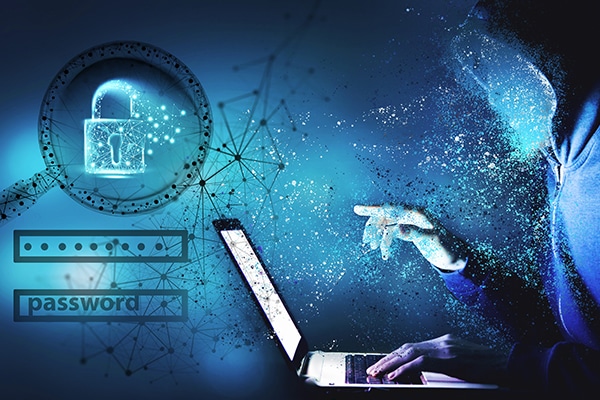
Introduction:
In the ever-evolving landscape of cybersecurity, staying ahead of emerging trends in cyber threats is crucial for organizations seeking to fortify their defenses. In this blog post, we'll explore some of the latest trends in cyber threats, shedding light on the evolving tactics of cybercriminals and strategies for proactive defense.Ransomware Evolution:
- Ransomware continues to evolve, with attackers becoming more sophisticated in their tactics. Recent trends include double extortion, where cybercriminals not only encrypt data but also threaten to release sensitive information unless a ransom is paid. Organizations must implement robust backup and recovery strategies to mitigate the impact of ransomware attacks.
Supply Chain Attacks:
- Cybercriminals are increasingly targeting the supply chain to compromise organizations indirectly. This involves infiltrating trusted vendors or service providers to gain access to the target organization's networks. Vigilant monitoring of third-party relationships and implementing security controls in the supply chain is essential.
Cloud Security Challenges:
- With the widespread adoption of cloud services, cyber threats are expanding into the cloud environment. Misconfigured cloud settings, insecure application programming interfaces (APIs), and data breaches in the cloud pose significant risks. Organizations must prioritize cloud security measures, including robust access controls and regular security assessments.
Deepfake Threats:
- Deepfake technology, which creates realistic fake audio and video content, poses a new dimension of cyber threats. This can be exploited for social engineering attacks, misinformation, or impersonation. Enhanced user awareness, multi-factor authentication, and verification processes are crucial in mitigating the risks associated with deepfakes.
IoT Vulnerabilities:
- The increasing proliferation of Internet of Things (IoT) devices introduces new attack vectors. Insecure IoT devices can be leveraged for distributed denial-of-service (DDoS) attacks or serve as entry points into networks. Organizations need to secure IoT devices, regularly update firmware, and segment IoT networks from critical systems.
Fileless Malware Attacks:
- Fileless malware attacks, which operate in memory without leaving a trace on disk, are gaining popularity among cybercriminals. Traditional antivirus solutions may struggle to detect such attacks. Behavioral analysis, endpoint detection and response (EDR) solutions, and user training are vital for detecting and preventing fileless malware.
5G Security Concerns:
- The rollout of 5G technology brings unprecedented connectivity but also introduces new security concerns. Increased attack surfaces, potential vulnerabilities in the 5G infrastructure, and the ability to orchestrate large-scale attacks pose challenges. Organizations and service providers must prioritize 5G security measures to mitigate these risks.
AI-Powered Attacks:
- Cybercriminals are leveraging artificial intelligence (AI) to enhance the efficiency and sophistication of their attacks. AI-driven attacks can automate tasks such as reconnaissance, evasion, and even decision-making, making them harder to detect. Cybersecurity defenses need to incorporate AI-driven tools to effectively counter these evolving threats.
Conclusion: The Continuous Battle for Cyber Resilience
As cyber threats continue to evolve, organizations must adopt a proactive and adaptive cybersecurity strategy. Staying informed about emerging trends, investing in advanced security technologies, and fostering a culture of cybersecurity awareness are essential components of building cyber resilience. In the continuous battle against evolving threats, organizations that embrace innovation, collaboration, and a holistic approach to cybersecurity are better positioned to protect their digital assets and adapt to the ever-changing threat landscape.
